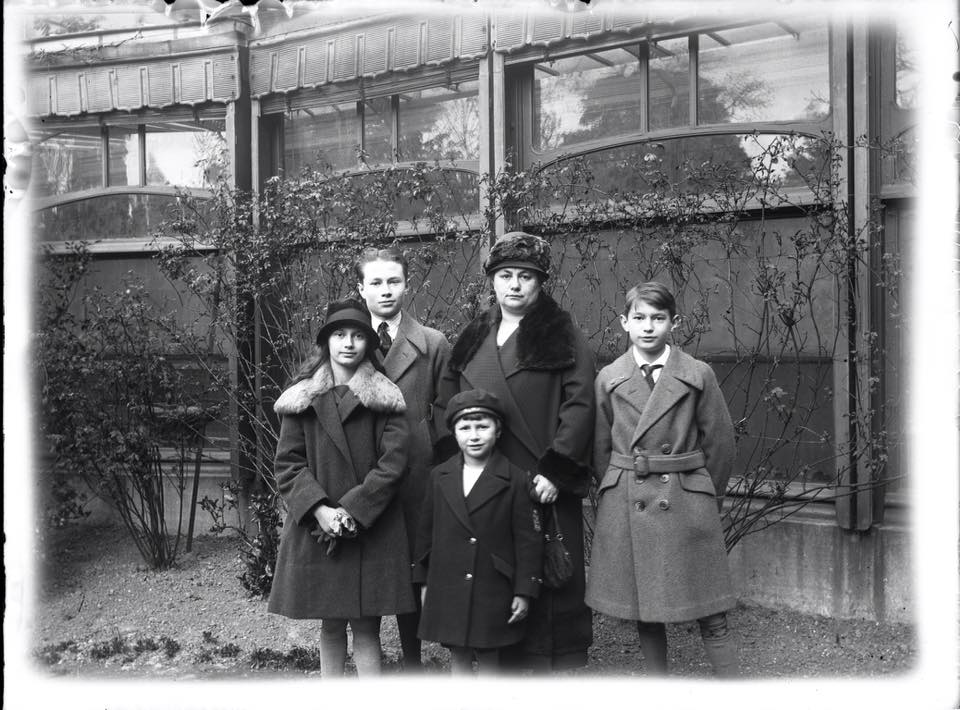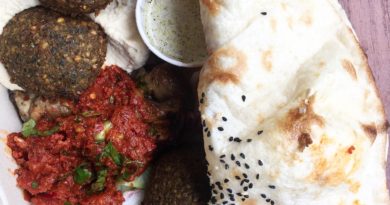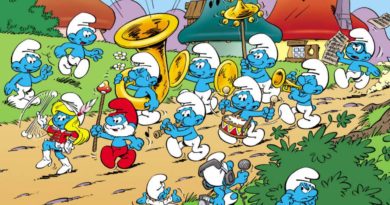The Ultimate Hallucination: A Jewel of Art Nouveau
The light that pours into the living room of the house on Rue Royale 316, in Saint Josse-ten-Node, is unique, its red and yellow hues giving a feeling of warmth not found in any of the adjacent constructions. Why? The answer lies in the extraordinary craftsmanship of Art Nouveau architect, Paul Hamesse, who in 1904 was commissioned to refresh the house that would become the emblematic Hôtel Cohn-Donnay. In his design, he included some of the most beautiful stained glass windows that have survived to this day.
“Hamesse was commissioned by the Cohn-Donnay family,” says Carlos Ramos, tour guide from Arau ASBL. “The building itself dates from 1836, and in the beginning, it was white and in neoclassical style.” It’s Friday 6:35 pm and we’re standing on the opposite side of the street, a group of about twenty people, admiring the facade of the building, deep green, with its bow window and iron railing.
We’ve gathered here to embark on a travel experience to the rich architectural past of Brussels. Standing on the sidewalk we see a cyclist passing by and nearly avoiding the tram, a family carrying several bags filled with fruits and vegetables. On the street, the roofs of parked cars are sprinkled with hundreds of tiny water drops; the late afternoon rain is beginning to fade.
The Cohn-Donnay was a family of means who owned important department stores in Liege and Brussels, specifically in the center of town, on Rue Neuve 54. It is believed that Mr. Cohn-Donnay was an admirer of the great Belgian architect, Paul Hankar, who died in 1901 at the age of forty-one. Cohn-Donnay thus contacted one of Hankar’s most promising students, Hamesse, and asked him to work on the new design of his shops in 1902. Two years later he trusted him with the new plans for the house on Rue Royale 316. Hamesse was 27 years old.

From the moment we enter the house, we can perceive Hamesse’s fine eye for detail. “Look at these door handles. This is a very particular shape, so elongated,” says Mr. Ramos. “I don’t think any other architect would be so obsessed with the perfection of a door handle.” The floor is impeccable looking, full of life, with small squared tiles in red, blue and white. “They were all brought from Siena, Verona and Carrara.”
In the living room it is impossible not to admire the chimney, with its solid structure in white marble streaked with blue veins, also from Carrara. “It is totally reminiscent of the Vienna Secession Style, including the designs in gold at the top of these columns.” In the ceiling there are drawings of four women dancing, their loose clothes as if being lightly blown by a breeze. The doors have been partly decorated with stained glass in red and silver, the light in the room acquiring a warm atmosphere. The furniture includes two cozy-corners in green, similar to sofas with high armrests fixed to the wall.
The contiguous room is all in white with the sobriety reminiscent of Japanese art. “On Rue Royale there was a shop called Maison du Japon where one could buy all kinds of objects coming from Japan,” says Mr. Ramos. “Architect and painter Henry Van de Velde was a regular.” Some of the simple yet stylized shapes found in the furniture could also be traced to the influence of Scottish designer Charles Mackintosh.
The visit continues and we walk into the game room where people can play chess while having a drink. The light is filtered through another large window pane from the time of Hamesse. In the back, where the winter garden once lay, one can now find The Ultimate Hallucination restaurant. It is decorated in the 1930’s style with booths and benches that resemble those of a waiting room in an old train station. One level below, the Art Gallery of Sylvia Muzylo has several paintings on display. “A discotheque used to operate here in the 1980’s, but two levels below,” says Mr. Ramos. “It was called Post 70. It’s the number of the house on the street over there, which is Rue de la Poste.”
Towards the end of the visit, I meet with the restaurant owner, Jack Andrew Waldhaus, who shows me some of the pictures of the house from the early 1900’s. “You should come and visit again,” he says. “We’re open Tuesday to Sunday. And there’s also the discotheque. Come and have a beer.”



